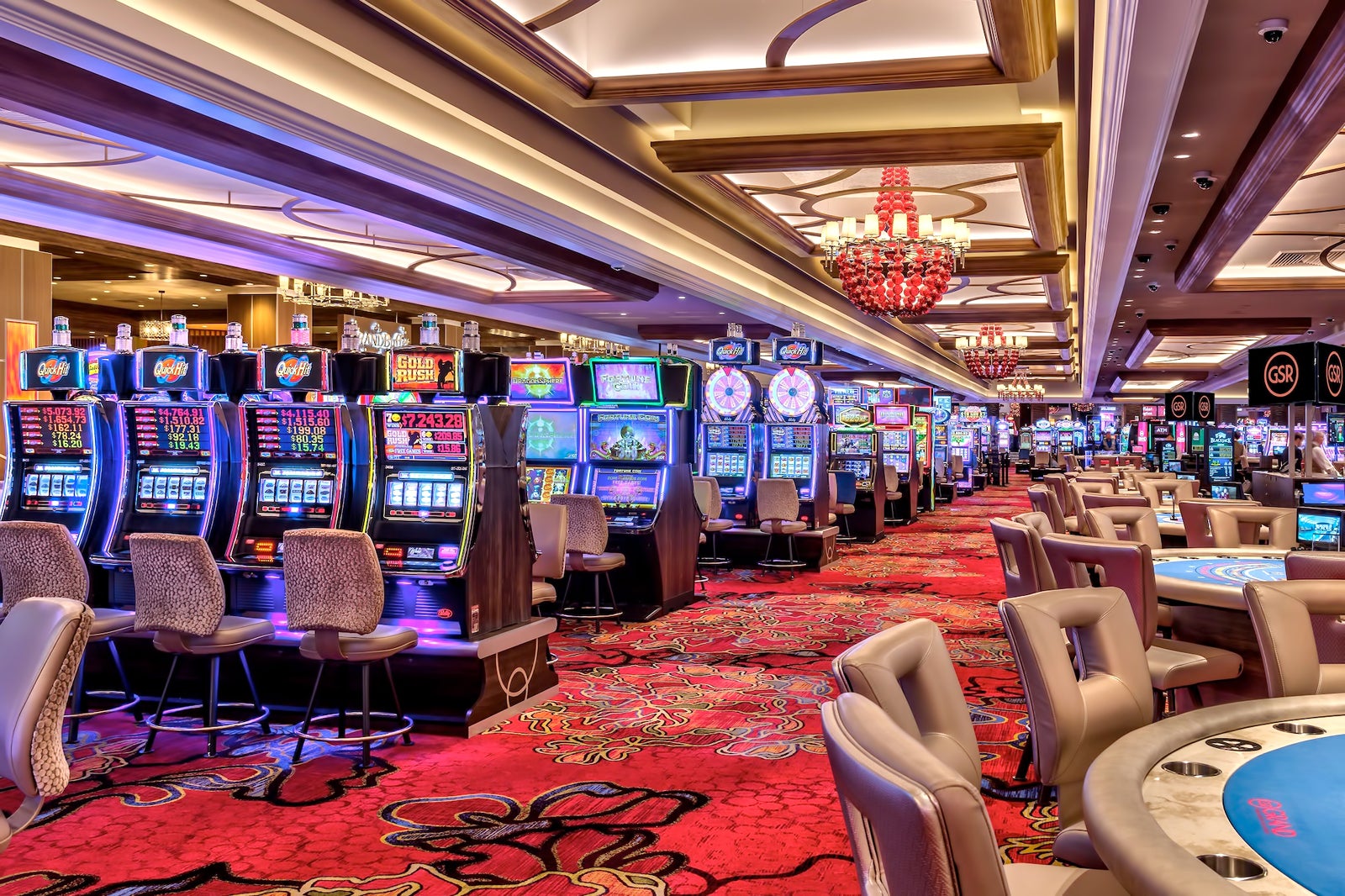
Within the vibrant and stimulating world of casinos, wherein fortune and tactics intertwine, color and aesthetic play a key role in drawing in players. As soon as visitors step into a casino or log into a gaming platform, they are immersed in a visual feast that captures their attention and lures them to explore further. Bright colors, engaging graphics, and creative layouts are carefully crafted to create an atmosphere of excitement and expectation, ultimately enhancing the gaming experience.
While gamblers move through the dynamic landscape of casino games, they come across a variety of designs that not only serve visual purposes but also influence feelings and choices. Hues like scarlet and yellow symbolize wealth and fortune, while calm navy and emeralds can create a much tranquil environment. Understanding how these elements function together allows casinos to create an welcoming and energizing atmosphere that encourages players to interact with the games, invest more time at the tables, and increase their general enjoyment.
The Science of Color in Casino Games
Tint plays a critical role in the development of gaming experiences, influencing players’ emotional states and actions. Lively and bold hues, such as scarlet and yellow, are often used to ignite excitement and capture attention. These hues create a sense of pressure and energy, encouraging participants to involve themselves more readily with the activity. By strategically selecting hues, creators aim to elicit emotions of joy and excitement, which can enhance the complete gaming experience.
Various shades also have psychological connotations that can impact how participants perceive their chances of success. For case, lime is often associated with fortune and prosperity, making it a popular choice in games like roulette and poker games. This link can cause players to feel more positive and confident in their gaming, ultimately motivating them to bet more. Understanding these associations allows game developers to craft environments that enhance player enjoyment and loyalty.
Furthermore, the layout of casino game interfaces often uses gradients and differing hues to instruct players’ responses. For example, winning combinations may be accentuated with striking, opposing shades, creating a visual reward. This approach reinforces favorable outcomes and encourages repeated participation. 99ok By utilizing the science of color, gambling establishments can create activities that not only draw players but also hold them engaged and invested in their gaming experience.
Creative Elements that Engage Players
The visual appeal of casino games is largely influenced by the implementation of vibrant colors. Bright and contrasting colors are deliberately chosen to create an appealing atmosphere that captures attention. For example, crimson and golds often signify good fortune and wealth, which is why they are prevalent in the color schemes of gaming machines and game surfaces. These colors not only attract players in, but they also stir emotions associated with thrill and anticipation, enhancing the total gaming experience.
In addition to color, the design and organization of gambling games play a crucial role in player attraction. Games are designed to be user-friendly, ensuring that players can quickly understand the guidelines and gameplay. User-friendly interfaces, along with engaging graphics and animations, help maintain gamer interest and encourage extended play sessions. The physical elements, such as the texture of the buttons and the sounds of the games, also contribute to a comprehensive sensory experience that keeps players immersed.
In conclusion, thematic elements in game design can significantly influence gaming decisions. Many casino games are inspired by media, myths, or exploration motifs, featuring symbols and characters that resonate with players. These themes create a sense of immersion and connection, making each game feel distinct. When players feel a connection to the theme, they are more likely to opt for that game over others, leading to increased participation and enthusiasm within the casino environment. xổ số 99ok
Case Studies: Successful Casino Game Designs
One prime example of successful casino game design is the well-known slot machine series based around hit movies. Games such as those based on the Wizard of Oz and Game of Thrones utilize dynamic colors and top-notch graphics to engage players in well-known narratives. The use of moving visuals and engaging sound effects takes the attention of players, building an emotional connection to the theme. This strategy not only promotes longer play but also boosts the overall gaming experience, leading to increased player retention.
Another effective case is the application of color in table games like blackjack and the wheel. Casinos often create these games with dark reds and greens, colors traditionally associated with luck and wealth. For instance, the green felt on a 21 table provides a relaxing effect, while the crimson accents in roulette invite thrill. This thoughtful use of color helps to establish an inviting atmosphere that motivates players to engage, satisfying their psychological impulses and enhancing their enjoyment.
Finally, social casino games that incorporate community features and bright, colorful designs have seen remarkable success in engaging players. Games like Zynga Poker and Slot-O-Mania leverage vivid colors and playful animations to establish an inviting online environment. The integration of leaderboards, social sharing options, and in-app rewards fosters competition and community, pulling players in for longer sessions. Such designs merely make the games visually attractive but also highlight community engagement, a vital factor in player retention and engagement within digital casino environments.